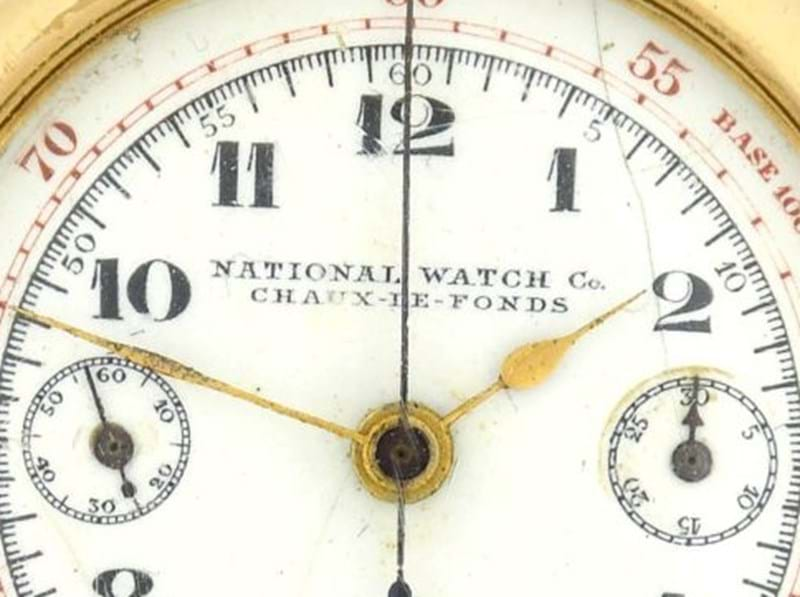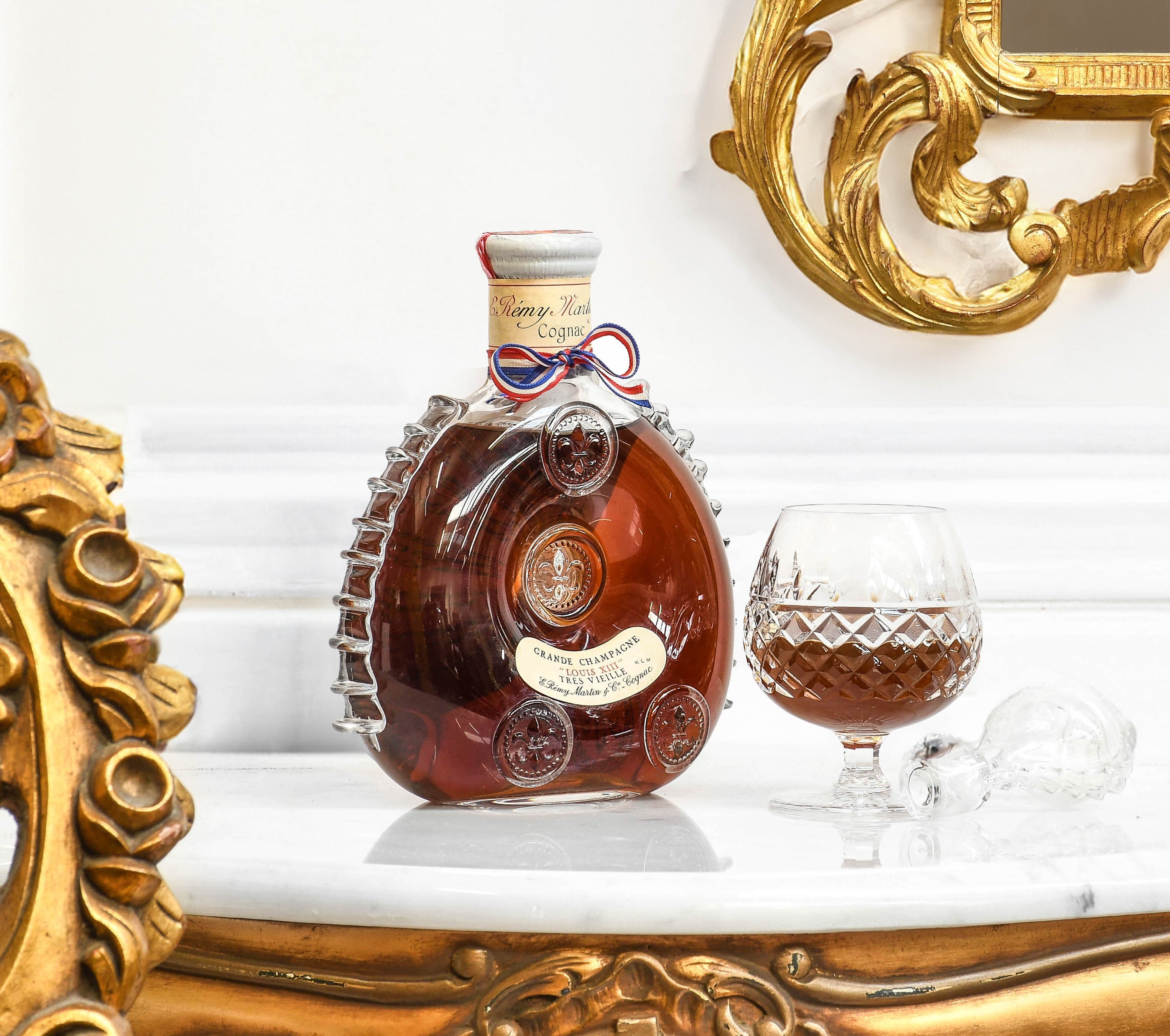A group of important pieces of Arts and Crafts Silver from the Lion Collection will be on offer in the 20th Century Design Sale at Tennants Auctioneers on 1st March. The Lion Collection was carefully curated by John L. Davis, who is renowned for his collections of tobacco boxes, caddy spoons, buckles and contemporary silver, all of which have been researched and published by the owner. The collection comprises a fascinating group of items, which offers fine pieces by some of the greatest makers and designers working in the first half of the 20th century such as Archibald Knox for Liberty, Henry George Murphy, Omar Ramsden and Alwyn Carr, along with rare examples by the Keswick School of Industrial Arts.
There will also be a selection of Arts and Crafts silver napkin rings, which are part of an extensive collection of napkin rings from the Lion Collection that will be sold in Tennants’ Fine Jewellery, Watches and Silver Sale on 15th March, and the Antiques and Interiors Sale on 7th March.
OMAR RAMSDEN & ALWYN CARR

Arts and Crafts Silver and Enamel Biscuit Box by Omar Ramsden and Alwyn Carr (estimate: £4,000-6,000)
Omar Ramsden was one of the most acclaimed and successful silversmiths of the early 20th century and a key influence on both silversmithing and the Arts and Crafts movement in general.
Ramsden was born in Sheffield in 1873, the son of a silver and plate engraver. During a brief apprenticeship at a silver manufacturer, Ramsden won the Sheffield Corporation Scholarship allowing him to study at Sheffield School of Art. His horizons were expanded during trips to London and Europe funded by the wealthy family of his close friend Alwyn Carr. In 1897 Omar won a prestigious open competition to design a mace for the City of Sheffield – a turning point in his career.
With this accolade behind him, Omar left the School of Art a year early and set out for London with Alwyn to set up in business together, backed financially by the Carr family. Starting out in a Chelsea workshop, the duo soon fitted in with London’s artistic circles and began producing handmade silver inspired by Medieval design and the natural world – a reaction against the stultifying world of Victorian design. The firm produced a wide range of silver for domestic, ceremonial and religious commissions.
By 1912, the studio had become a fashionable place for artistic friends to socialise. Their reputation was at its peak, and their handcrafted silver was much in demand. However, the partnership did not survive the pair’s separation in the First World War. Omar by now had his own circle of influential friends and advisors, and he continued the business on his own, aided by his wife. As with every item of silver, pieces by Omar Ramsden are clearly marked. Between 1897 and 1919, pieces were marked ‘Rn & Cr’ for Ramsden and Carr, and from 1917-1938 pieces were marked ‘OR’ for Omar Ramsden. Omar also used to inscribe pieces with ‘Omar Ramsden Me Fecit’ (Omar Ramsden Made Me).
ARCHIBALD KNOX

Arts and Crafts Silver and Enamel Vase designed by Archibald Knox for Liberty & Co. in 1901 (estimate: £5,000-7,000 all figures exclude buyer’s premium)
Archibald Knox (1864-1933) was one of the leading designers of the Arts & Crafts Movement. He is perhaps best remembered for the designs he produced for the iconic London department store Liberty & Co.
Knox was born on the Isle of Man to Scottish parents, and his Celtic heritage exerted a powerful influence on the young designer. Not only did he introduce Celtic motifs into his designs, but he also became a published scholar of Manx Celtic crosses and standing stones and collected Manx artifacts.
Knox balanced a career teaching art and design with his work as a commercial designer. Following a period teaching and designing in London, Knox moved back to the Isle of Man at the turn of the century, where he produced hundreds of designs for Liberty.
These designs spanned across multiple mediums, from metalware to terracotta, jewellery to graphic design, all of which were then manufactured by specialist factories. None of the pieces are signed by Knox, as Liberty & Co. had a strict policy of anonymity for their designers. Knox’s best-known designs were those he produced for their Cymric (precious metal) and Tudric (pewter) ranges.
HENRY GEORGE MURPHY

Arts and Crafts Silver-Mounted Wood Mazer Bowl and Cover by Henry George Murphy (estimate: £3,000-5,000)
Henry George Murphy was one of the leading silversmiths in the first half of the 20th century, whose work encompassed both the Arts and Crafts and Art Deco styles. However, a relatively early death at the age of 55 in 1939 and the outbreak of the Second World War the same year, lead to his work largely being overlooked in the subsequent decades when Modernism reigned supreme.
Born in Kent in 1884, the trajectory of his career was established at the age of 10, when he visited a show by the Arts and Crafts Exhibition Society, where he met architect and jeweller Henry Wilson, along with William Morris and Walter Crane. Having struck up a friendship with Wilson, whose work was heavily inspired by Renaissance and Gothic imagery, Murphy began an apprenticeship in his studio at the age of 15, where he would remain working until 1910.
After a period in the Royal Naval Air Service during the First World War and several years working in various workshops in London and Berlin, Murphy finally set up the Falcon Studio in London in 1928, named in homage to his wife, Jessie – a jess being a leather strap used in falconry. The symbol of the falcon became part of Murphy’s registered hallmark. The Falcon Studio was prolific in its output of fine jewellery and silverwares, under the organisational oversight of Jessie, who ran the office and retail shop.
Murphy’s early work was decidedly medieval in feel, incorporating Gothic and Celtic motifs, but later in the 1920s he adopted the fashionable Art Deco style, with strong geometric lines, blocks of colour and cut gemstones influenced by Egyptian and Oriental design. Some pieces show a marked transition between the two styles, combining elements and techniques.
Outside of his own studio, Murphy began teaching at the Central School of Arts and Crafts, becoming Head of Silversmithing in 1932 and Principal of the School in 1936. Following his death, his work passed out of fashion.











